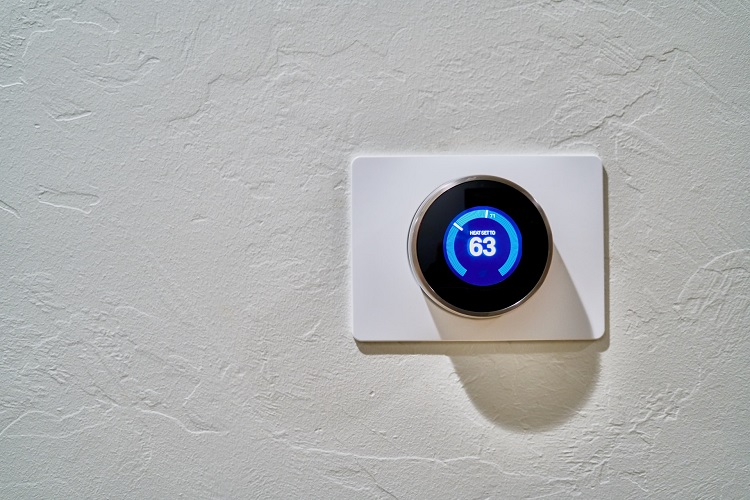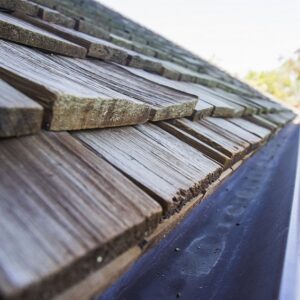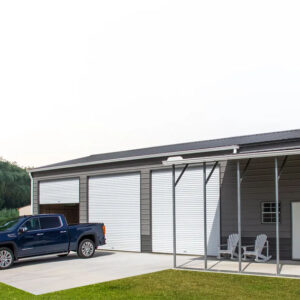Every homeowner dreads opening the utility bills that come in the summer and winter. Rates just keep going up, which means your energy costs are an increasingly large chunk of your monthly household income. Since heating and cooling costs make up a majority of your utility bills, one positive thing you can do is make your home more energy-efficient. By doing so, you’ll put yourself on the path to lower energy bills in the future—as well as a more comfortable home.
1. Have an expert seal your air ducts
Leaky air ducts are a major cause of household energy waste. Up to one-third of all the cooled and heated air your HVAC systems produce is lost on its way to the rooms of your home. If you want to make a quantum leap in energy-efficiency, this is the place to start.
Talk to your local HVAC expert and ask if they offer air duct sealing services. Here’s how it works: an HVAC technician will go into your attic and, using specialized tools, track where air leaks are occurring in the ducts. They’ll then use tape and glue to seal those ducts. Depending on the exact layout of your home’s air ducts, they may also insulate any ductwork that travels through unconditioned spaces of your home, such as your garage.
Air duct sealing is an incredibly effective way to improve your home’s efficiency, as well as your indoor comfort. If you’re going to do anything to your home, we recommend you start here.
2. Add a programmable thermostat to your home
They may have started as a niche product for tech geeks to check out, but smart thermostats have really gone mainstream over the past few years. These digital thermostats are capable of automating temperature changes in your home. So what?, you might be thinking. Here’s the thing: by putting the raising and lowering of your home’s temperature on a schedule, you can reduce your annual cooling and heating costs by up to 10%!
After all, think about it: how many times in the last week alone did you forget to turn the thermostat dial before heading out for the day? It’s a common thing to forget, and it means you’re running your air conditioner or furnace at full speed while you’re at work. A smart thermostat helps you avoid all that.
Plus, by reducing the workload on your HVAC systems, these thermostats can also help prevent breakdowns down the road. If you, a homeowner in the U.S. Southwest, are sick of having to call for furnace repair in Albuquerque, you’re going to love the convenience and peace of mind that comes with installing a programmable thermostat.
3. Install more attic insulation
Insulation is a major difference-maker in your home’s overall cooling and heating efficiency. Attic insulation, in particular, helps keep heat outside in the summer and inside during the winter. By slowing down the transfer of heat energy through your attic and your roof, insulation saves you energy—and money. Unfortunately, many homes don’t have quite enough attic insulation. After all, it may have been years since the insulation was originally installed, and our nation’s energy standards have changed. We recommend you talk to a local HVAC professional and get their opinion on your insulation and whether or not it meets current recommendations.
4. Improve your efficiency for long-term savings
Here’s the great thing about making energy-efficiency improvements: once you’ve made them, you’ll start saving immediately and then in every day, month, and year ahead. If you put the time into maximizing your home’s efficiency now, it’ll really start to pay off 2-3 years from now when you have months and months of energy savings in your wallet. In this way, many energy-efficiency upgrades end up paying for themselves over time!
Want to learn more about efficiency improvements and what else you can do to start saving money? Check out this new infographic!





